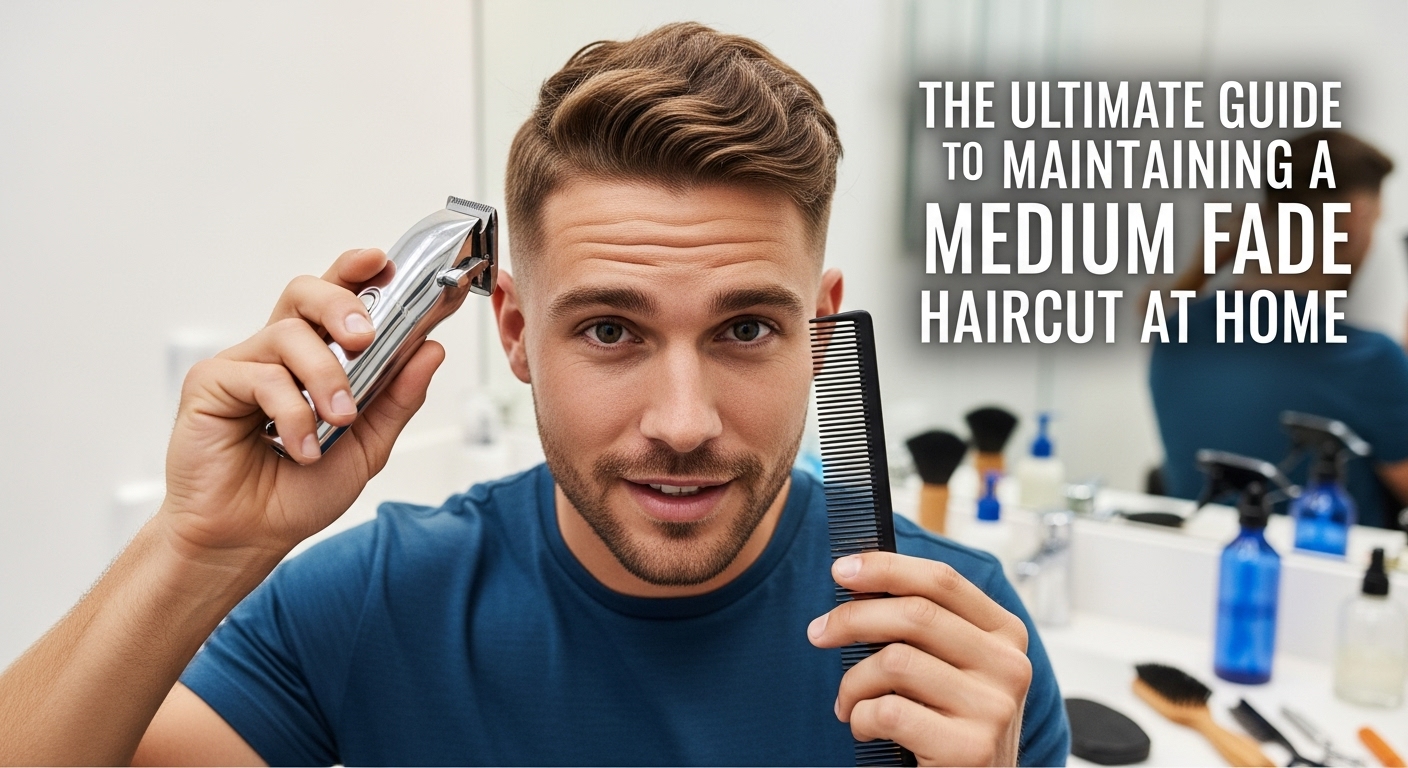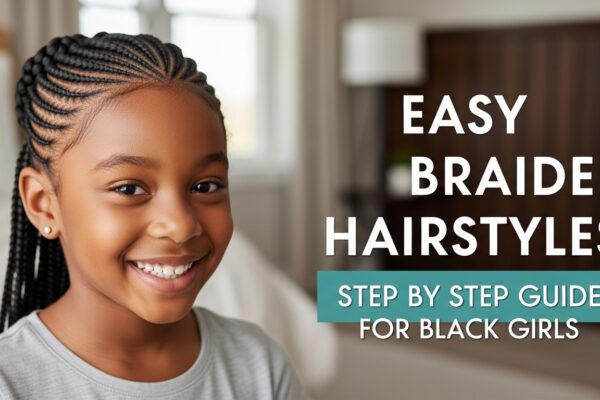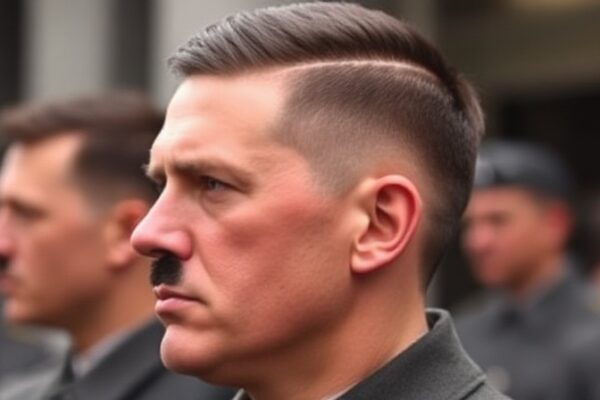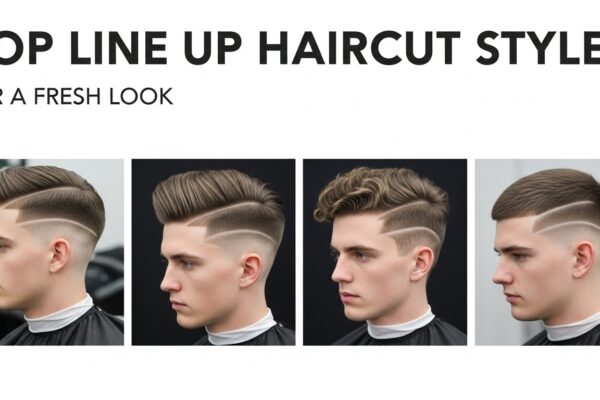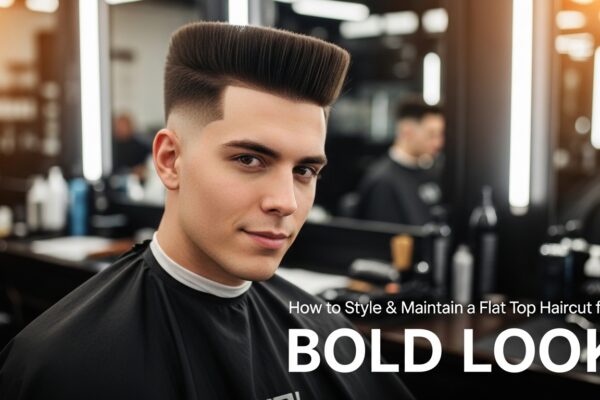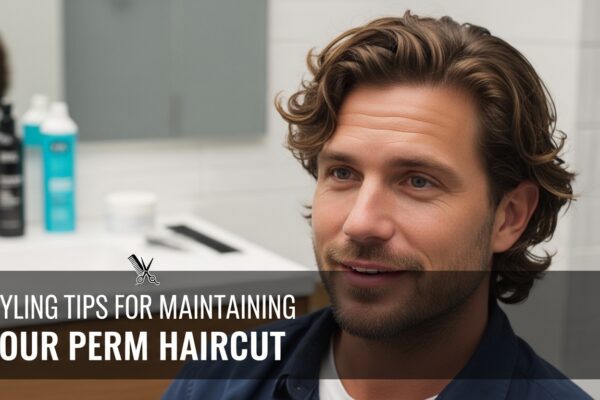Perhaps the notion of maintaining a medium fade haircut at home might be daunting, but it is definitely one of those self-grooming skills that are worth mastering. The medium fade has pretty much become the standard for men’s haircuts as it is able to blend well with the clean edges of the face and leaves enough length on top to be styled in a number of different ways. And the great thing is, you don’t really need to be at a pro barber’s chair to keep it crisp and fresh. Loading up on some instruments, setting aside a fair amount of time, and having a little practice under your belt, you are more than able to cut down on the fade whenever it suits you best without sacrificing the high-quality look that is so ragingly fashionable of this haircut.
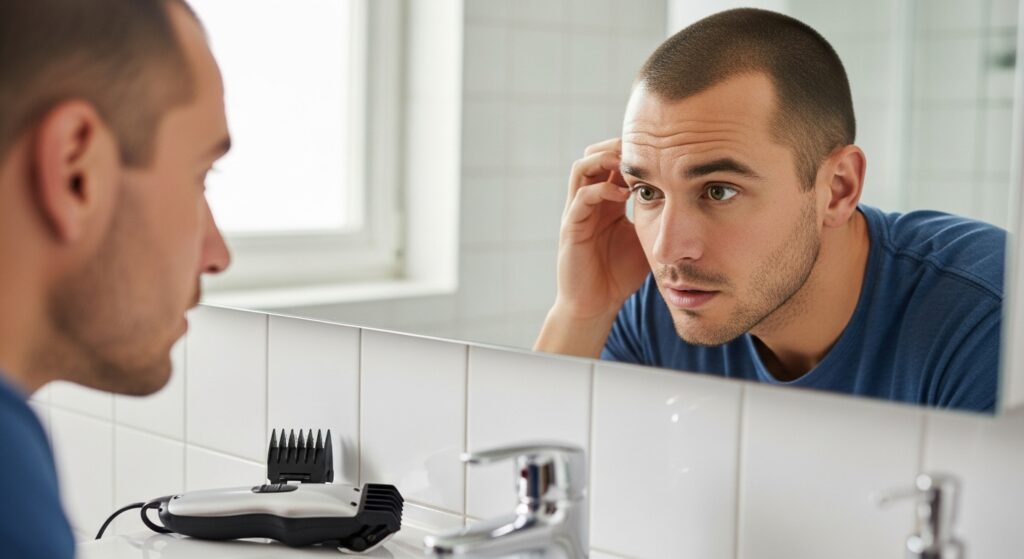
What constitutes a Medium Fade Haircut?
Bypass the fancy definitions and go straight to what the term really means. A medium fade is neither too low nor too high, quite the contrary. The fade in these cases is often seen to commence at the temples or a little above the ears fading little by little into the longer hair on top. The haircut is adaptable. The work that it can do with a crop, pompadour, crew cut, or even a flat top haircut or messy quiff is unquestionable.
It almost makes you feel like a classy yet laid-back person. It is not as daring as a high fade, nor is it as understated as a low fade. It talks most of the styling issues to azer most face shapes and hair textures with its middle ground approach.
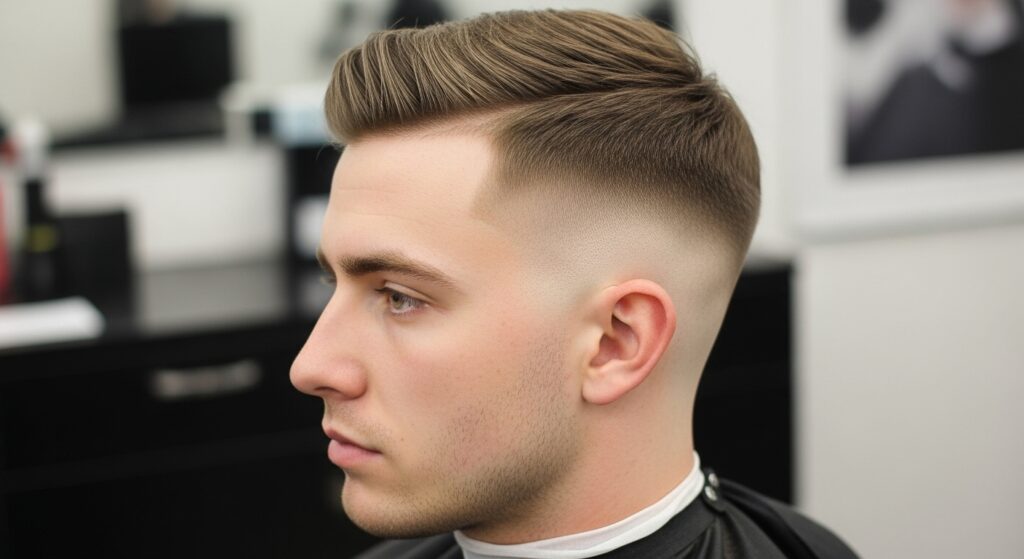
Tools you will need before you start
It is not possible to maintain a fade with kitchen scissors. Here is a more practical list of what you will really need:
| Tool | Why You Need It |
|---|---|
| Clippers with guard set | Essential for blending different hair lengths |
| Trimmer | For cleaning edges around ears and neckline |
| Barber scissors | Snipping uneven top hairs |
| Hand mirror | Checking the back fade |
| Comb | Sectioning and guiding the cut |
| Cape or old towel | Keeps hair from going everywhere |
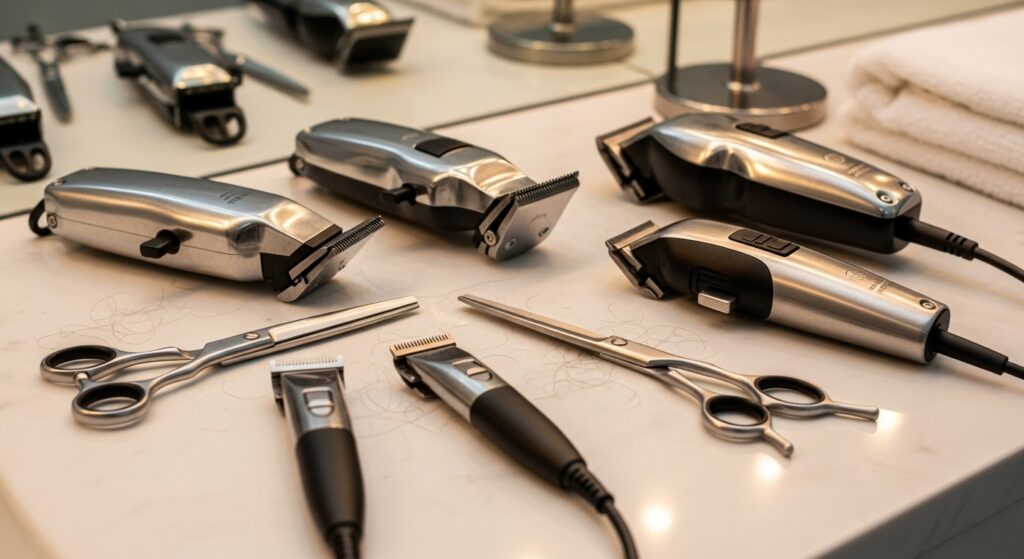
Step-by-Step: How to Maintain It
Step 1: Start with Clean, Dry Hair
Hair is always easier to cut when it is not sticking together. So first of all, wash it, dry it, and comb it out.
Step 2: Define the Fade Levels
Decide on your clipper guards. To keep it tidy, you should start from the bottom with a lower guard (like #1 or #2) and move up gradually with higher guards.
Step 3: Blend the Transition
One of the great secrets lies in the flicking motion. Don’t just dig the clippers in—at the same time, you lightly pull them out as you go up. That’s the reason the fade softens.
Step 4: Clean Up the Neck and Edges
Take a trimmer and outline your hair for a crispy clean look. Use the trimmer for the areas around the ears, the neckline, and sideburns. Small details that make a big difference.
Step 5: Manage the Top
Scissors are the answer here. Cut only the parts which are uneven. Keep it simple, just like you would when maintaining a perm haircut to keep it looking fresh.
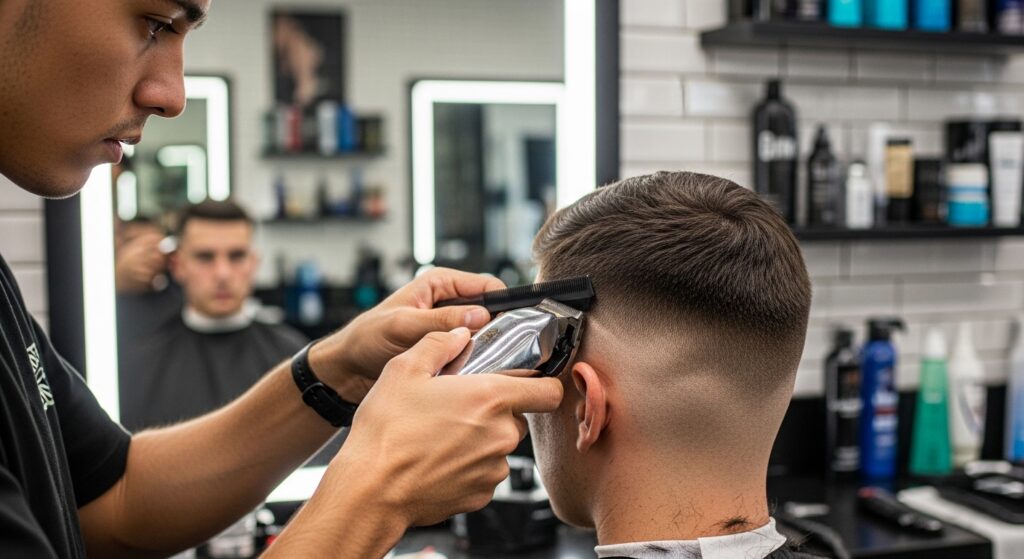
Common Mistakes People Make
- Using one guard for the whole side: That’s not a fade. That’s just a buzz cut.
- Forgetting the back: The back of your hair might not be visible, but it’s definitely not forgotten.
- Cutting too often: A fade generally lasts 2-3 weeks before it has to be re-cut. So you should not be cutting it every day like that.
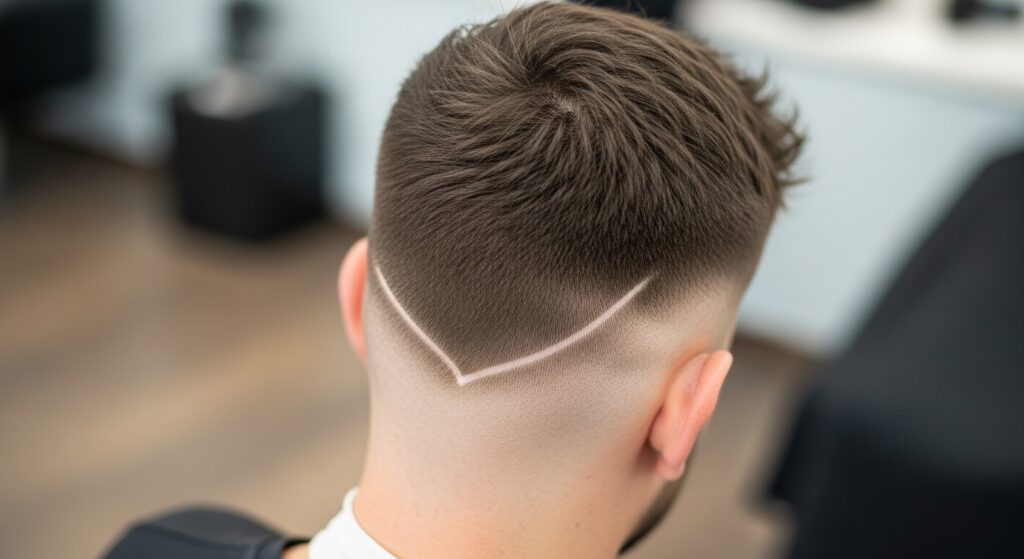
Styling Tips After the Cut
- Use a matte pomade or clay if you want top to be texturized.
- If you prefer natural style, then lightweight styling cream will be suitable.
- Fast blow drying works to give volume and also keeps the rest of the hair stable.
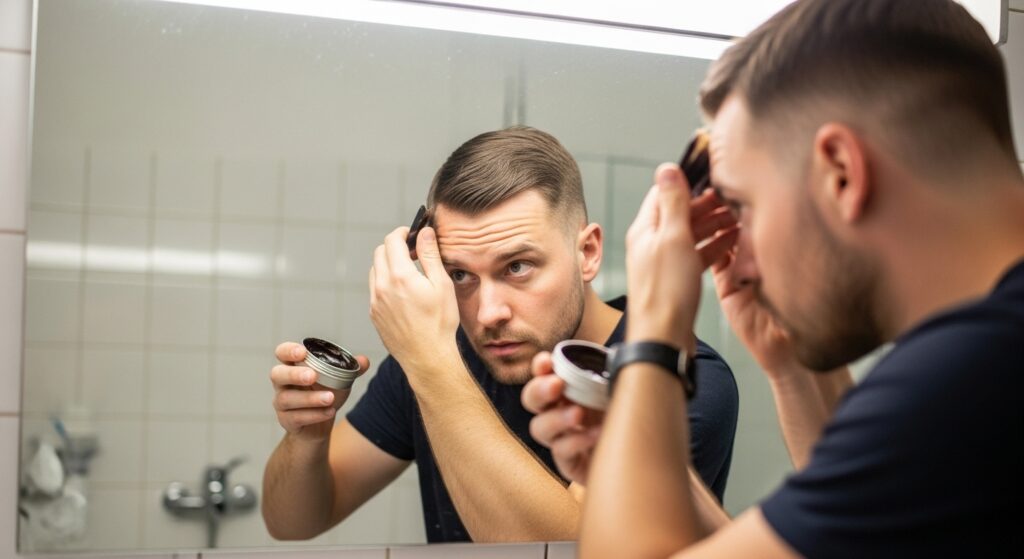
Final Thoughts
DIY fade is not always stressful.
Yes, the first time you will surely mess it up a bit, but you will improve later. Practicing that blending technique and cleaning and sharpening your tools is what it boils down to. And if it does not go your way, hair will grow again.
FAQs
1. How often can I do a medium fade haircut at home?
Approximately every 2 to 3 weeks, if we take into account the average rate of hair growth.
2. Is it possible to do a fade without clippers?
It is not quite so. Only with scissors, no fade or gradient effect can be produced.
3. Which clipper guard is good to start with?
Most people usually go first with a #1 or #2 to the base and then open up the rest of the head with the guard of higher number.
4. How do I prevent the appearance of harsh lines?
When blending, use a flicking motion. Do not let clippers lie flat against the scalp and do not press them hard.
5. Is a medium fade suitable for the hair thinning?
Indeed, it is capable of hiding thinning to a great extent as it visually leads the eye to the neat transition.

James Tony covers everything from classic cuts to trendy styles, helping readers choose the right haircut and maintain healthy, stylish hair. He’s known for his deep dives into hair textures and face shapes, making it easier for anyone to find the perfect look. James believes a good haircut is the first step to great confidence.

